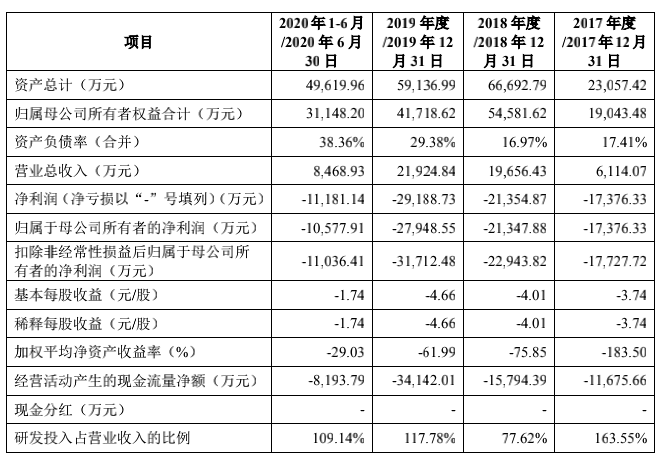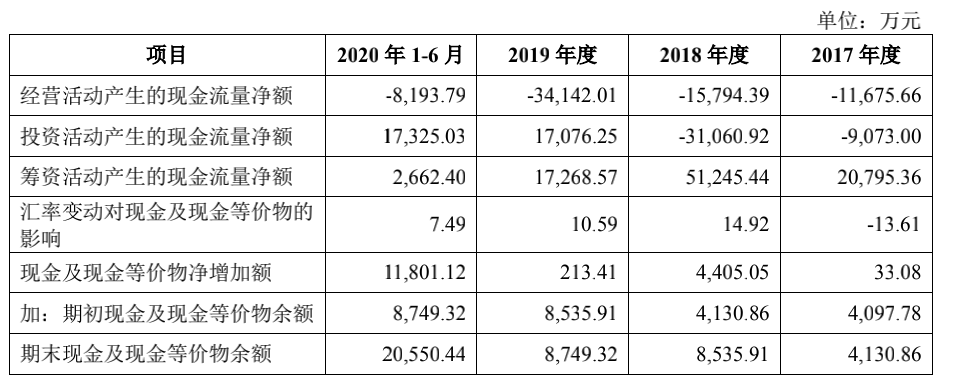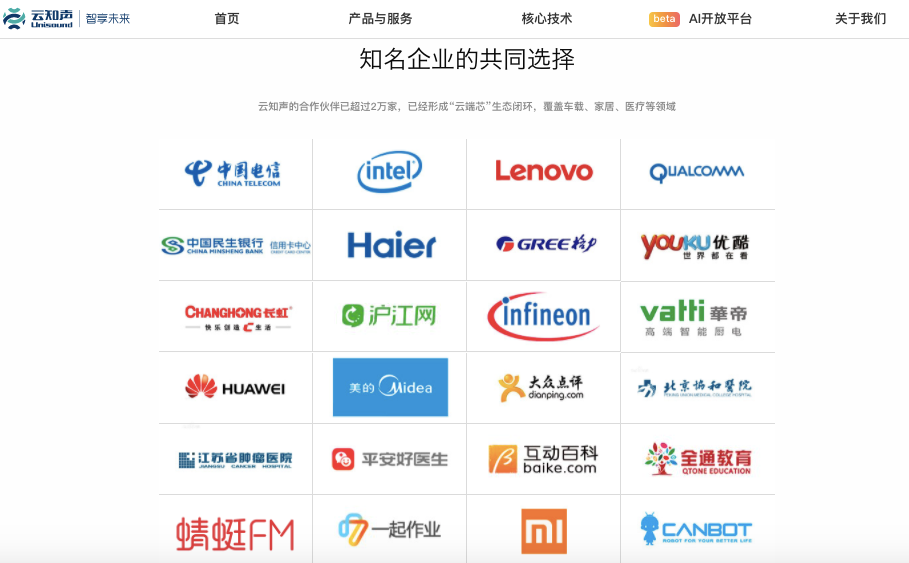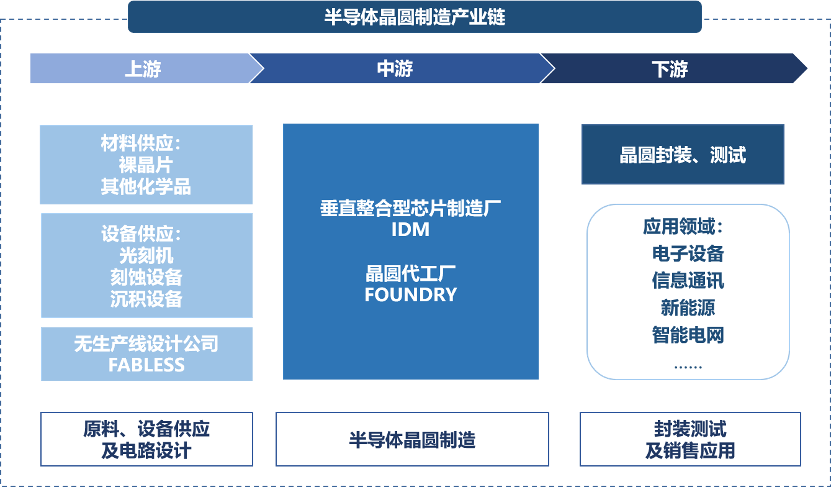"Technology for good" is the intended meaning of technology to help medical care
The "black swan" of the epidemic is catalyzing the real awakening of public health awareness.
According to the "2020 Public Health Behavior Insight Report" jointly produced by Tencent Medical Code and Ipsos Healthcare, 42% of the public believe that immunity is the most important health indicator; 67% of people said they are more willing to be vaccinated after the epidemic; When there is discomfort, 76% of respondents are willing to choose active intervention, including medical examination, online search for information, medication, etc.
Among them, the value of medical science information is particularly prominent. In addition to traditional offline hospitals, social media, search engines, news websites/apps, health-related apps, etc. have become the most important health science information channels today. The public's acquisition of authoritative medical knowledge is more frequent and active, and the demand for content is developing in terms of convenience and practicality.
The importance of medical science popularization is self-evident. Firstly, the inequity of medical information is a hidden danger in the doctor-patient relationship. Secondly, medical science popularization, especially online medical science popularization, will be a high-quality traffic portal for users to conduct medical treatment, medication and other activities, such as the United States. The medical health information platform WebMD is a typical example of this development path.
WebMD has formed a model of extending the time and space of medical services with the help of professional medical science popularization platforms on the Internet, from hospitals to families, communities and even the whole society. It is worth noting that Tencent Medical Classic has reached an exclusive strategic cooperation with WebMD, and has obtained a global exclusive Chinese license for more than 60,000 medical content.
The 3.0 Era of Internet Medical Science Popularization
Under the epidemic situation, Internet medical science is undergoing an unprecedented iterative upgrade. "Internet medical science popularization has gone from the 1.0 era of'bad money driving out good money' to the'deep water' 2.0 era, and now it has ushered in the 3.0 era-reshaping the connection of popular science and reconstructing popular science through socialized and scene-based communication methods "People-content-scene", knowledge production, dissemination, and forms are more open and diversified.” Huang Lei, vice president of Tencent Medical, explained at the 2020 Tencent Medical ME Conference on November 8.
The first is socialization, which has brought about changes in popular science carriers, popular science methods, and popular science producers. With the development of the Internet and social media, Internet science should be based on taking into account the authority of medicine, making fragmented knowledge like a puzzle, that is, there are partial and overall clues and connections.
During the epidemic, statistics from Tencent's major content platforms showed that more than 5,000 doctors set up online live broadcasts during the epidemic, with a total duration of more than 7,000 hours. At the same time, the patient community in the field of vertical diseases has also become a dense area for the spread of medical science. Knowledge is no longer just a one-way flow from doctors to the public, users can also reversely influence and participate in the production of popular science content.
The second is scenarioization. Through cloud connection, medical science knowledge can be extended to various online and offline application scenarios, and even hardware terminals. At the same time, the advancement of artificial intelligence and algorithms has enabled personalized screening and recommendation of massive content based on user needs, enabling accurate knowledge access in different scenarios.
The breaking of the information wall and the full coverage of popular science information enable users to obtain the information they want, use, and use anytime and anywhere. At the same time, the popular science platform can be deeply integrated with related services of different platforms through open content sharing.
Huang Lei said: "The medical science popularization scene will be more convenient, personalized, and service-oriented. The popularization of science will not only exist in paper books and APPs, but also in news clients, weather forecasts and other scenes. Even through the cloud connection, Expanding to smart terminals such as watches, users can get the information they want and can use anytime and anywhere."
In order to cope with the new changes in "people + content + scene" in medical science popularization, Tencent Medical Classic officially announced the launch of three major plans at the ME conference-the medical science officer plan, the popular science officer plan, and the content open plan. We hope to gather more Professional doctors, institutions, public power. This year's ME Conference takes "pain points" as the theme, and intends to find individual, medical, and social pain points and solutions.
Seamless connection between technology and medical care: AI becomes a life-saving "helper"
With the increasing public concern about health, medical data has increased dramatically. Among the many medical information, medical imaging is the most important source of information for disease screening, diagnosis, and treatment. At present, this field is also the most mature field of domestic AI and medical industry applications.
At present, there are still many pain points in the field of medical imaging: firstly, the imaging resources of primary hospitals and tertiary hospitals in first- and second-tier cities are in a situation of "ice and fire." The number of misdiagnosis is 57 million, mainly in primary medical institutions, while the number in the United States is 12 million. In addition, there are problems such as repeated filming, difficulty in storing past image data, and large gaps in doctor training.
AI has made technological breakthroughs in the field of image recognition. For example, AI can identify patients' medical images and automatically mark key information such as lesions, thereby improving diagnosis efficiency and accuracy. Therefore, AI is also regarded as a "good prescription" to solve the problems in the domestic medical imaging field.
In this epidemic, AI images have played a very good role. First of all, in the face of the diagnosis and treatment of a large number of new coronary pneumonia patients, the demand for CT examinations has surged, but the number of CT equipment in the frontline epidemic area is limited. How to help frontline doctors to improve efficiency has become an urgent problem.
In February this year, emergency CT equipment equipped with the latest "Tencent Miying" AI rushed to Hubei. This set of CT equipment can complete AI pattern recognition within seconds after a patient's CT examination, and can provide doctors with an auxiliary diagnosis reference within 1 minute, which greatly relieves the pressure of insufficient local CT screening capabilities. At the same time, "Tencent Miying" also optimized the image recognition model of new coronary pneumonia. AI will perform accurate image segmentation of the pneumonia lesion area, provide quantitative analysis of the pneumonia lesion, and help doctors accurately assess the severity of the patient's pneumonia and its development process.
"Tencent Miying" is Tencent's first AI medical imaging product, which aggregates the capabilities of Tencent's internal artificial intelligence teams including Tencent AI Lab, Youtu Lab, and Architecture Platform Department, which can assist doctors in disease screening and diagnosis. According to Tencent's official data, "Tencent Miying" has reached cooperation with more than 100 domestic top three hospitals to promote the research and application of AI in the medical field through the joint construction of artificial intelligence joint medical laboratories.
In addition, predicting the development of patients with new coronary pneumonia has become the key to early triage. To this end, the team of Academician Zhong Nanshan and Tencent AI Lab jointly conducted a study. The research results are: based on the survival model established by artificial intelligence deep learning, the 10 clinical characteristics of COVID-19 patients at the time of admission are analyzed, which can be predicted separately The probability of critical illness in 5 days, 10 days and 30 days helps medical staff to accurately triage patients.
Of course, the application of AI in medical imaging still faces challenges, such as the robustness of algorithms and the quantity, quality, and privacy of data. At present, AI imaging needs to be based on clinical applications, enhance clinical value attributes, and become doctors’ assistants to reduce the risk of missed diagnosis.
In addition to the field of medical imaging, AI is becoming a "helper" for the diagnosis and management of some difficult diseases, such as Parkinson's disease. According to statistics, there are currently as many as 3 million Parkinson's disease patients in China. Experts from the World Health Organization predict that China's Parkinson's disease patients will reach 5 million by 2030. With the aggravation of the population aging problem, the evolution of Parkinson's disease has turned into an important social problem.
In response to the increasingly severe disease development trend, Tencent AI Lab and the team of Professor Wang Jian from Huashan Hospital affiliated to Fudan University used artificial intelligence as the starting point to help analyze the exercise videos of Parkinson's disease patients through AI.
This is the world's first attempt to achieve AI-assisted diagnosis of Parkinson's disease through video motion capture analysis technology. This technology does not require the patient to wear any sensors, just stand in front of the mobile phone camera, follow the instructions to complete a series of actions, and the analysis of the patient's motion video can be completed within 3 minutes.
“This provides a very important material for doctors to diagnose the condition. At the same time, AI can assist doctors in quantitatively assessing the severity of Parkinson’s disease.” Professor Wang said that doctors encourage patients to regularly take pictures of their actions every 3 months as required. , And upload via mobile phone.
Whether it's "Tencent Miying", AI prediction research for COVID-19 severe disease, AI-assisted diagnosis or AI new drug research and development, behind these products are the technological crystallization of Tencent AI Lab, and it is also the display of Tencent's achievements in creating "AI that will save lives."
Technology for Good: Technology Empowers Medical "Background"
The past year was also the first anniversary of Tencent's new mission and vision of "User Vision, Technology for Good". Specifically, the meaning of Tencent's new mission and vision is: everything is based on user value, integrating social responsibilities into products and services; pushing technological innovation and cultural heritage, focusing on upgrading various industries, and promoting the sustainable development of society.
Tencent poses a big problem for itself, because in many cases "technology for good" may mean running counter to interests. As a business giant, when such contradictions occur, the direction of its thinking and actions will be the biggest test. Similar to Tencent’s vision, Google’s initial value of "do not be evil" was widely praised by the outside world, and was later revised to "do the right thing."
Some evaluations say that Tencent's new vision has completed the second definition of the ethical standards of science and technology-from Google's "do not be evil" neutral to "goodwill." And Tencent's various explorations in the medical field demonstrate its intended meaning of "technology for good"-using technology and products to help solve social problems.
Popular medical science products represented by Tencent Medical Dictionary are expected to bridge the information gap. With the continuous enrichment and expansion of content and technological innovation, at the same time, we will fully cooperate with the government, authoritative medical institutions, professionals and other sectors to establish effective connections between doctors and patients. Eliminate the asymmetry of information between doctors and patients, making it easier for patients to seek medical treatment and for doctors to practice medicine more easily. This is also the intended meaning of "technology for good".
Long before this epidemic, Tencent paid close attention to medical workers, and was committed to being a "comrade" instead of a "bystander" fighting alongside them. In 2019, Tencent played the power of "Technology for Good" and joined hands with the Chinese Medical Doctor Association to build an intelligent, personalized, online and offline physician service platform for doctors-"Chinese Physician's Home", helping China 400 Many doctors grow up.
Adhering to "technology for good" also means that companies will increase investment to improve social well-being and do not put business returns first. In November of this year, Tencent once again launched the "Tencent Science Week", which mainly included four events including Tencent Science WE Conference, Tencent Medical ME Conference, Scientific Exploration Award Ceremony, and X-Talk, a popular science event for the public.
Among them, the "Medical ME Conference" invited the world's top medical scientists to focus on the most concerned disease topics such as cancer, depression and AIDS, and showcase cutting-edge medical breakthroughs. Ma Huateng, Chairman and CEO of Tencent, once stated that the original intention of the Tencent Medical ME Conference is "to guide more people to pay attention to life and self-understanding, and to improve public health through authoritative medical science and reduce the suffering of illness."
This year, the ME Conference takes "pain points" as the theme, intends to explore the pain points and solutions of individuals, medicine, and society, reveal the reflection and evolution of life and civilization, and promote the popularization of medical science for all. Academician Zhong Nanshan, director of the National Respiratory Diseases Clinical Medicine Research Center, mentioned in his message to the ME conference, "Mr. Ma Huateng once said that the task of the Internet is to solve the pain points of users. This is very similar to the mission of medicine. We are the most fundamental solution for human beings. The pain point is the pain of life." Academician Zhong Nanshan also said that the future medical research and development practice should also actively invest in cutting-edge science and technology.
The ME Conference is dedicated to creating a stage for the same frequency resonance for technology and medicine. Tang Daosheng, senior executive vice president of Tencent and president of the cloud and smart industry business group, said at the meeting, “We believe that science and technology should be good and combined with medicine to help eliminate the pain points of mankind. Use science and technology to protect the light of life and let everyone’s Health becomes measurable, manageable, and improveable.
In fact, in today's digital society, it is not only necessary for large companies to adhere to the background of "technology for good", but also for everyone to hold on to the bottom line of "goodness". As stated in the "A Thousand Miles Journey·Technology for Good White Paper 2020" published by Tencent Research Institute: The second half of the large-scale social experiment of "Technology for Good" has just begun. Stay out of things.







